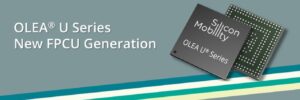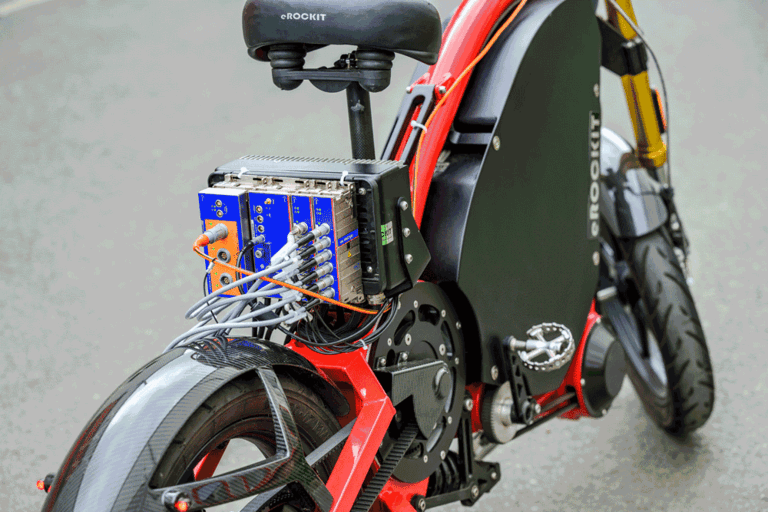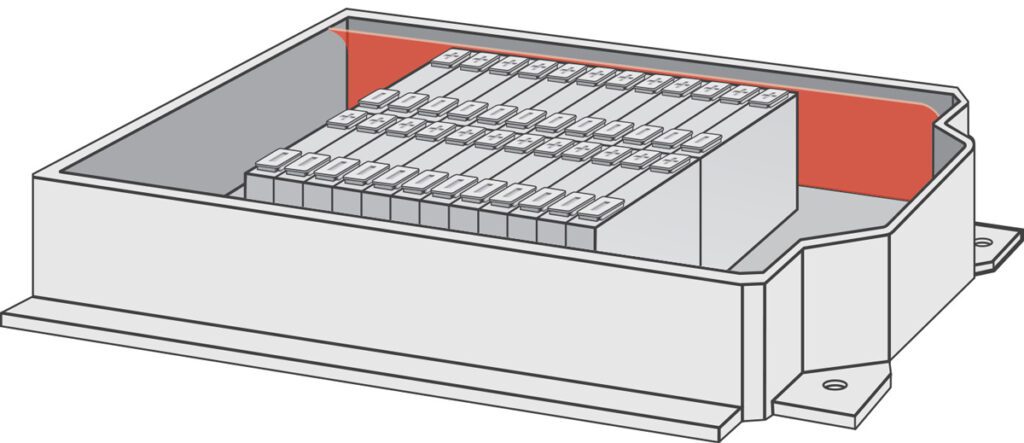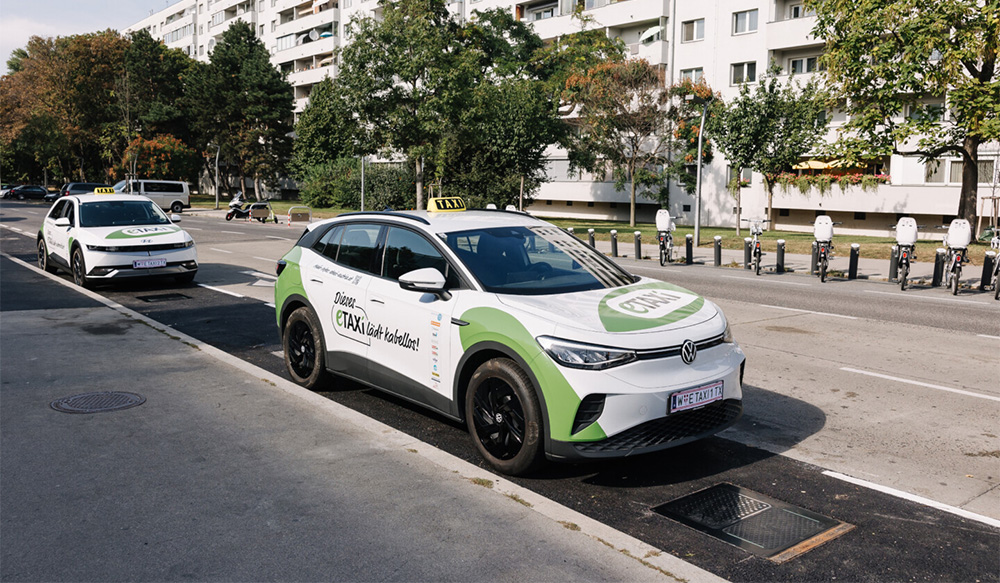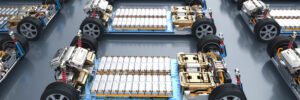
In UK politics, climate change policies cut across party lines. Boris Johnson’s Tory government set an official goal of reaching “net zero” emissions by 2030. This translated to a wide range of pro-EV policies, and the results can be plainly seen in London, which has become one of the world’s most charged cities.
Now Rishi Sunak’s Tory government is steadily reversing or watering down many of his party’s key net zero pledges. Among other measures, the country will push back the previously-announced 2030 phase-out of new petrol and diesel car sales.
Several Tory MPs immediately criticized the reversal. Boris reminded Rishi that businesses need to be assured that the government is committed to the green transition. Dr. Anna Valero, a member of Chancellor Jeremy Hunt’s economic advisory council, called the reversal “yet another example of policy volatility that prevents businesses taking the long-term investment decisions needed for a stronger, more resilient and sustainable economy.”
Meanwhile, across the aisle, support for e-mobility seems lukewarm at best. A spokesperson for the Labour Party described Sunak’s plans as “a total farce,” but refused to say if the party would consider reinstating the 2030 ban if and when it returns to power. In July, Labour Party leader Keir Starmer expressed opposition to London’s plan to extend its low-emission zone, which has been a major impetus to the electrification of taxis and ride-share vehicles in the capital.
Meanwhile, what’s left of the UK’s auto industry is ever so cross about the flip-flop. Ford’s UK Chair Lisa Brankin said the auto industry is investing to meet the challenge of electrification, pointing out that Ford has committed £40 billion to electrifying its cars, and has announced some £430 million of investment in the company’s UK facilities. Ford is (or was) planning even more investment, based on the 2030 target, which Brankin called “a vital catalyst to accelerate Ford into a cleaner future.” She added that business “needs three things from the UK government: ambition, commitment and consistency. A relaxation of 2030 would undermine all three.”
Dr. Andy Palmer, who has been the CEO of Aston Martin and the COO of Nissan, told The Independent that abandoning the 2030 ban would be a “significant step back for the UK’s global leadership in fighting climate change.” Dr. Palmer, who now runs EV charging firm Pod Point, said companies have invested heavily in Britain “specifically because of the 2030 deadline,” and that they will “understandably feel cheated by this sudden change in direction.”
“Take it from me, automakers will base themselves where the batteries are made,” said Palmer. “We have a very short window to act to get our industry in shape for tomorrow. China is leap years ahead of us, so is America, so is the EU.”
The Society of Motor Manufacturers and Traders is also “concerned” about Sunak’s plans. Chief Executive Mike Hawes pointed out that the industry has invested billions of pounds in EVs, batteries and related technologies, largely thanks to government support. “So we are questioning…what is the strategy here? We do not know quite what is going to happen now,” he told the BBC.
The Institute for Public Policy Research pointed out that the UK government recently agreed to hand Jaguar Land Rover up to £500 million in subsidies for a new battery gigafactory. “What is the point of investing half a billion pounds of public money in an electric battery factory only to abandon the petrol and diesel phase-out?” asked Associate Director Luke Murphy. “Investors need stability and certainty. While other countries race ahead, the UK is going into reverse gear.”
Source: The Independent, The Week
from Charged EVs https://ift.tt/R2YvMVo








